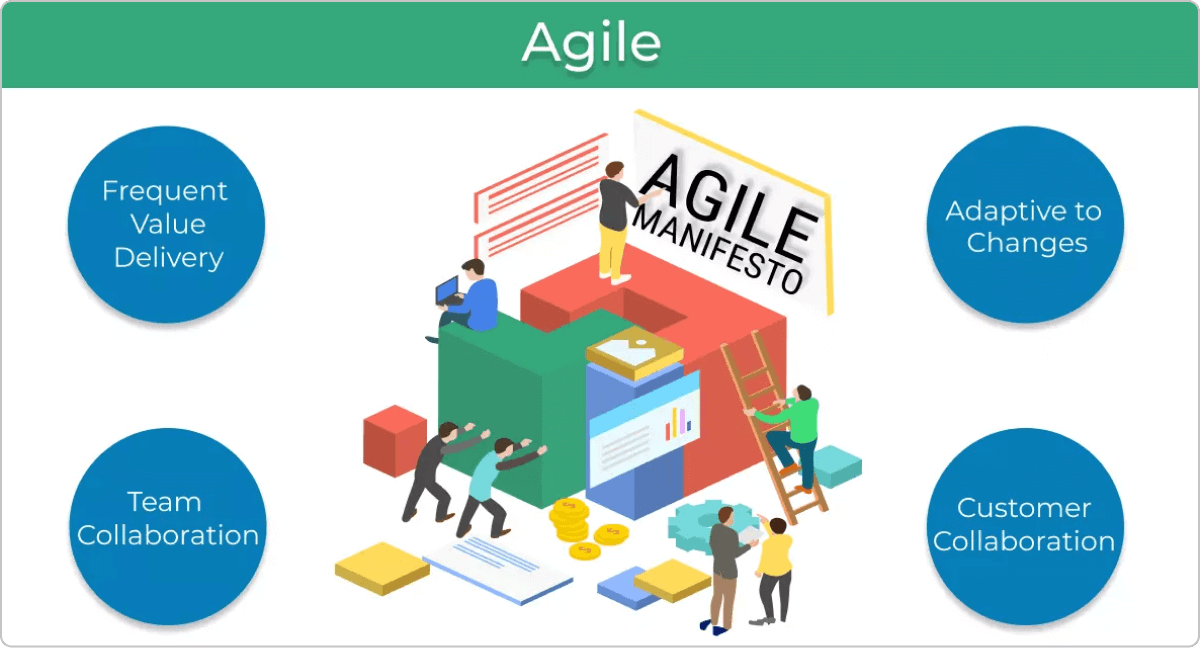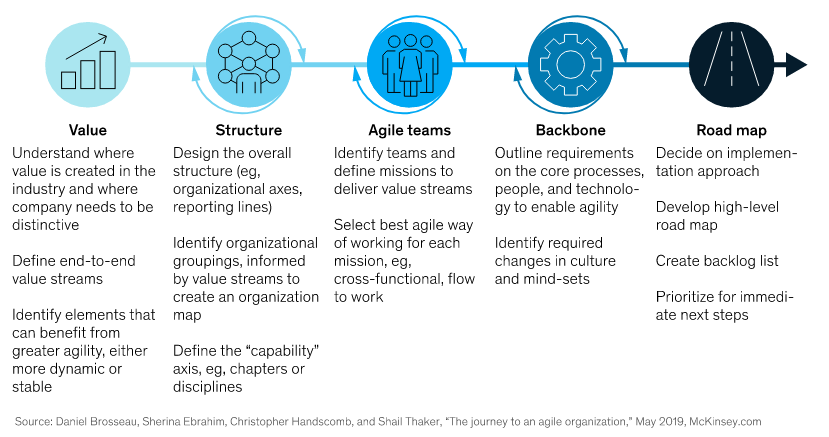In an era where agility and rapid innovation are at the forefront of industry success, the pharmaceutical sector is experiencing a significant transformation. Traditionally characterized by its stringent regulations, meticulous quality controls, and extensive drug development timelines, the pharmaceutical industry’s adoption of Agile methodologies marks a pivotal shift towards enhanced operational efficiency, reduced costs, and expedited market delivery. This evolution not only addresses the current challenges faced by the sector but also sets a new standard for organizational excellence and competitiveness.
Embracing Agility for Competitive Advantage
The pharmaceutical industry’s journey towards agility is driven by the urgent need to navigate a landscape marked by complex customer demands, micro-targeted research endeavors with diminishing returns on investment, and the imperative for faster product launches. Digital transformation initiatives are gaining momentum as companies seek to leverage technology to meet these demands effectively.
Transforming Research and Development
A cornerstone of this shift is the transformation of the R&D departments. By fostering an environment that encourages daily progress discussions and decentralizing decision-making, companies are significantly reducing development times and enhancing their competitive edge. For instance, the integration of Agile methodologies across multiple departments has enabled some companies to double their R&D output without additional resources. This approach combines streamlined decision-making processes with the Agile ethos of collaboration and continuous improvement.
Advancements in Drug Development
The pharmaceutical industry is also witnessing a surge in “Virtualized R&D” models, fueled by substantial investments in AI. This paradigm shift facilitates quicker hypothesis testing and faster time-to-market for new drugs by optimizing experiment-based workflows. Furthermore, partnerships for external R&D activities allow for a more efficient allocation of resources and access to specialized expertise, thereby accelerating the drug development cycle.
Fostering Cross-Functional Collaboration
The Agile model promotes the dismantling of traditional silos within organizations, advocating for cross-functional teams that enhance flexibility, transparency, and employee engagement. This restructuring has proven to be a game-changer for many pharmaceutical companies, enabling them to drastically shorten the timeline for creating and implementing brand strategies. Through the adoption of MVPs (Minimum Viable Products) and the reevaluation of business planning and budgeting processes, companies have achieved remarkable efficiency gains.

Enhancing Customer Engagement
In response to the industry’s historical detachment from direct patient interaction, pharmaceutical companies are now prioritizing active customer collaboration. Initiatives aimed at engaging patients and healthcare providers in the development process are bridging this gap, leading to more customer-centric solutions and strategies. This shift not only fosters innovation but also ensures that the products and services offered are more closely aligned with customer needs and expectations.
Overcoming Implementation Challenges
The transition to Agile practices is not without its challenges. Companies often face resistance due to the deeply ingrained cultures of stability and risk aversion typical of the pharmaceutical industry. However, through dedicated change management initiatives and the cultivation of a culture of experimentation, companies like Pfizer have successfully navigated these obstacles. Establishing fit-for-purpose cross-functional teams and redesigning processes to minimize bottlenecks are crucial steps in this journey.

Key Factors for Successful Agile Transformation
For a pharmaceutical company to truly benefit from Agile methodologies, several factors are critical. These include a clear and shared vision for the transformation, a cultural shift towards flexibility and continuous improvement, the development of new skill sets, and the implementation of a robust system for measuring progress and outcomes. Real-time data and analytics play a pivotal role in guiding these transformation efforts and ensuring their alignment with organizational goals.

Conclusion
The adoption of Agile practices within the pharmaceutical industry signifies a monumental shift towards a more dynamic, efficient, and customer-focused operational model. By redefining traditional processes and embracing collaboration, experimentation, and rapid innovation, pharmaceutical companies are positioning themselves to meet the evolving demands of the market and achieve unprecedented levels of success. As the industry continues to navigate its Agile journey, the promise of shorter development cycles, enhanced operational efficiency, and improved responsiveness to customer needs is set to redefine the landscape of pharmaceutical innovation and delivery.
Incorporating Agile methodologies is not merely a trend but a strategic imperative for pharmaceutical companies aiming to thrive in the complex and ever-changing global market. By harnessing the power of agility, these organizations are unlocking new opportunities for growth, innovation, and patient-centric care, setting a new benchmark for excellence in the pharmaceutical sector.
